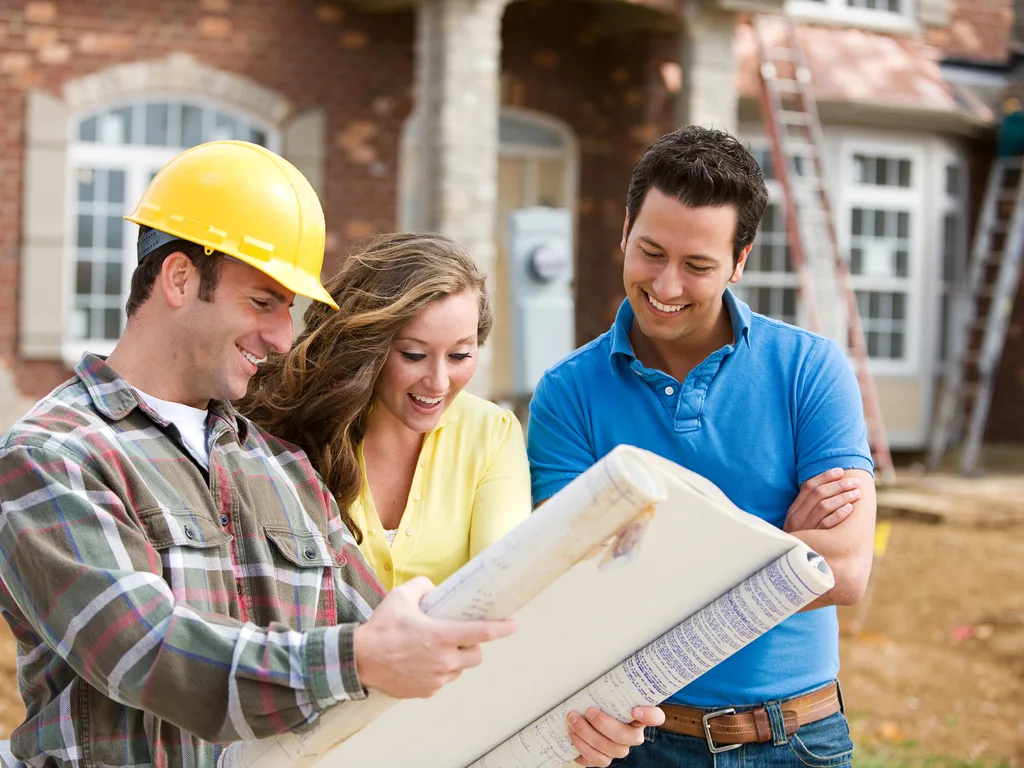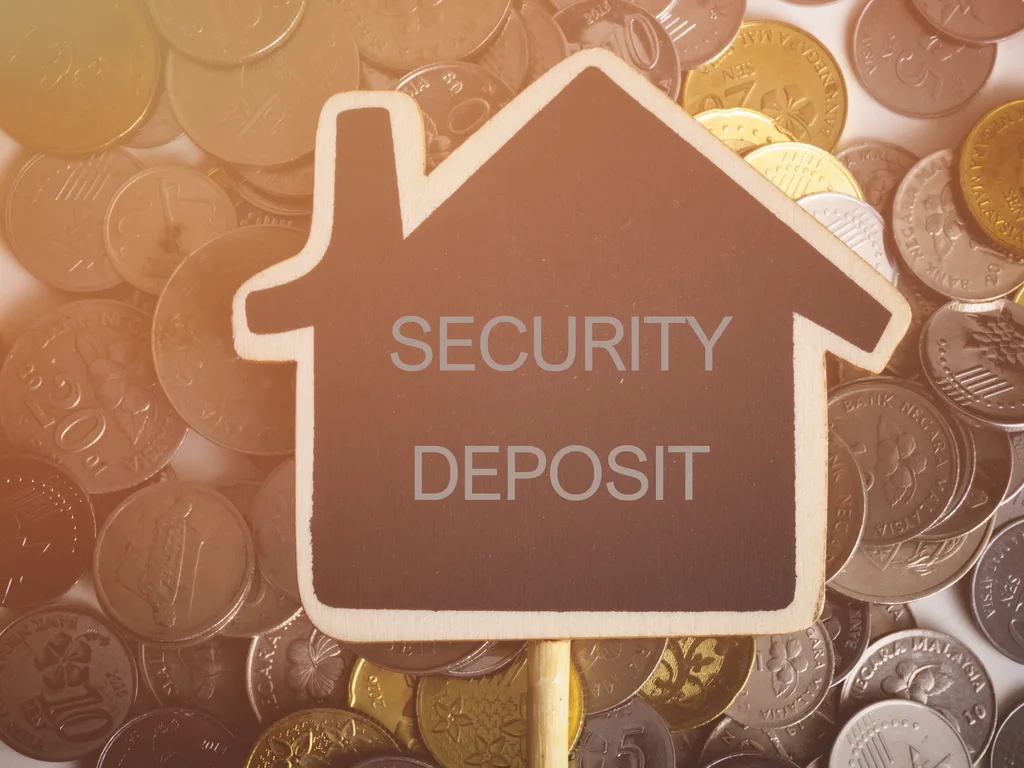
Gone are the days of renting furniture to decorate a space for open houses. Real estate technology now allows us to put furniture in an empty space without lifting a single couch or hanging artwork. Since much of real estate marketing depends on ensnaring prospective buyers with photos on online listings, agents and sellers are turning to virtual staging to get people’s attention.
What Is Virtual Staging?
Virtual staging is the process of editing photos of a house or apartment with new furniture and decor. This digital marketing tool demonstrates to prospective buyers what an empty space looks like with furniture and possessions. It also shows what each room’s purpose is and helps prospective buyers better visualize the space before going to see it in person.
Virtual Staging vs. Traditional Staging
Traditional home staging involves a designer selecting furniture, décor, and other wares and setting up the space as if the place was still being lived in. Virtual staging adds in furniture, art, plants, and décor into a moved-out space, or adjusting what’s in a furnished room, using photo editing and interior design expertise.
Traditional home staging is often a lot more expensive than virtual staging. That’s because homeowners must pay an upfront style fee and a month of renting the furniture and décor in addition to a monthly fee for renting the wares until the house is sold. Virtual staging, on the other hand, only costs between $20 and $60 per room, depending on each room’s size.
With the flat, per-room fee, virtual staging allows you to add any number of items that make the room look just right. With traditional staging, a homeowner pays for a package of items per room that includes only a set number of things, which may not be enough to fill the space properly.
Why Is Virtual Staging Important?
Virtually staging a property has many important benefits, including:
Vision and inspiration for buyers: When the rooms are empty, it can be challenging for prospective buyers to see the potential of each space. Virtual home staging provides much-needed inspiration to convince buyers browsing listings online to see a place in person.
Cleaner photos: Photos of a lived-in house can appear cluttered and cramped, detracting prospective buyers from seeing the value of the space itself. Virtual staging can also do more to show off the space and show its potential by removing items and adjusting the layout.
Versatility: Homeowners can actually keep living in their homes with their furniture and décor the way it is and still use virtual staging. All they must do is move their stuff out for the photos and then move it back into place after. Or, they can also take photos of the rooms the way they are, and virtual staging professionals can work their editing magic to remove personal effects and clutter.
Low Maintenance: With virtual staging, homeowners don’t have to worry about staged furniture getting dirty, destroyed, or stolen while at the property because there is none.
Cons to Virtual Staging
There are some negatives to consider with virtual staging in real estate, too. It’s important to note that, since virtual staging is just edited photos, there won’t be any furniture in empty space when prospective buyers come to tour the property.
However, real estate agents (or the buyers themselves) can have the staged photos pulled up on their phones to remind them of the rooms’ possibilities as they tour the home. Also, an empty room may not be a deterrent for some buyers, as they may prefer to see the space empty after viewing the staged photos to imagine their own furniture there.
Another negative to keep in mind is that, if not done correctly, virtual staging can look fake, overdone, or sloppy. But this typically only happens when someone who isn’t trained in virtual staging and proper photo editing techniques. That said, it’s incredibly important to enlist the services of a professional or virtual staging company so that the photos look natural, tasteful, and inviting.
The last con to consider is that virtual staging isn’t allowed in all markets. Make sure to speak to your realtor about your area’s rules and limitations regarding editing photos of houses on the market.
The Process of Virtual Staging
The virtual staging process can vary slightly based on a few factors: whether there is furniture in the home or if it’s empty, whether the homeowner or realtor wants to feature the homeowners’ furniture and effects, and whether the homeowner is comfortable with emptying rooms for photos.
Take Professional Photos of the Whole House
Virtual staging professionals need high-quality images of the space at good angles to effectively add furniture and decorations. You or your real estate agent will hire a professional photographer to take photos throughout the space.
Choose a Virtual Staging Company
There are many companies on the market offering virtual staging services, and the one you go with may depend on your realtor’s preferred company. However, if you’re doing sell by owner, you may have to choose a virtual staging company yourself. Here are some of the top trusted virtual staging companies on the market:
- Padstyler
- VRX Virtual Staging
- Styldod Virtual Staging
- BoxBrownie
Upload the Photos to be Edited and Reference Photos
You or the realtor will upload the professional photos through the virtual staging company’s portal. Depending on the home’s age, style, and what’s popular in the market, you or the realtor may also upload reference images to give them an idea of how the spaces should be styled. For example, you might include images of modern/contemporary kitchens and dining areas.
You can also include where furniture should be placed and where the doors and doorways are located to help the designer understand the flow of each room.
Use the Edited Photos in Your Listing
Add the photos to your listing, and watch the tour requests come in. A realtor may also choose to include unedited photos of empty rooms to give prospective buyers a chance to imagine their furniture in the space before touring the home in person.



